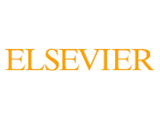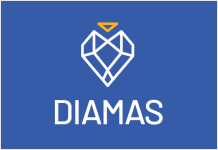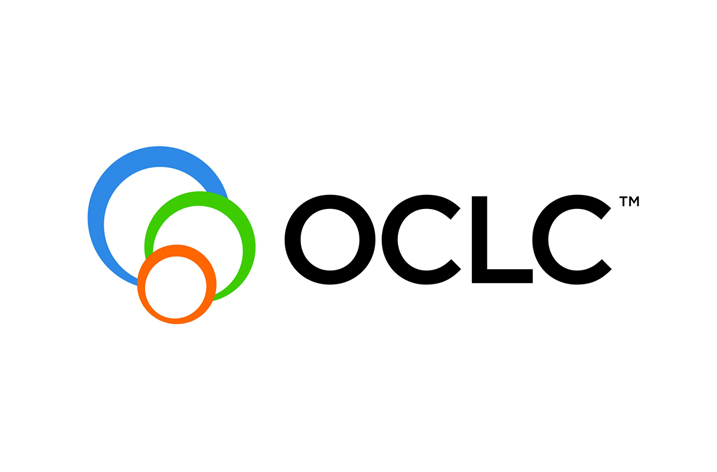
Elsevier, a world-leading provider of scientific, technical and medical information products and services, today announced the highlights of its journal Impact Factor performance in 2012. According to the 2012 Journal Citation Reports® (JCR) published by Thomson Reuters, Elsevier saw 53% of its journal Impact Factors increase from 2011 to 2012. Furthermore, 17% of Elsevier journals are in the top 10% of their subject category, well ahead of its major commercial competitors.
Elsevier journals top the rankings in 59 subject categories, up from 57 in 2011. Of Elsevier’s 1,600 journals in the JCR, 44% are in the top 25% of their subject category. In 2012, 15 Elsevier journals have risen to the top of their subject category, including Cell, reclaiming the top position in “Biochemistry & Molecular Biology”.
“Another year of positive results reinforces my view that we’re on the right track as a publisher, but most of the credit should go to the world-class authors, editors and reviewers”, said Philippe Terheggen, Managing Director Journals at Elsevier. “When we look at these scores, it’s important to keep in mind that while the Impact Factor is an important measure for overall journal influence, it is not to be used for evaluation of individual researchers or articles. We’re increasingly looking at additional metrics, including so called Altmetrics, as a measure of influence of journals and authors. Meanwhile, we will continue to invest in enhancing the quality of our content, for example by increased support of peer review, by enriching the online article, and through linking articles to research data sets in external repositories. That’s the journey we’re on.”
Flagship titles and society journals
All of The Lancet journals’ Impact Factors increased. The Lancet rose from 38.278 to 39.060, The Lancet Oncology saw an increase from 22.589 to 25.117 moving up its subject category ranking from 4th to 3rd position. The Lancet Neurology increased to 23.917, from 23.462, andThe Lancet Infectious Diseases went up from 17.391 to 19.966, both journals maintaining the top rankings in their respective categories.
The journals of Cell Press, an imprint of Elsevier, mostly saw quite stable trends in Impact Factor, with highlights including strong growth fromMolecular Cell – an8% increase to 15.280 and Trends in Cognitive Sciences, which saw a 27% increase in comparison to 2011, to 16.008. Its flagship journal Cell continues to lead in its field with an impact factor of 31.957, and is the number one research journal in the Cell Biology and Biochemistry & Molecular Biology categories.
Of the 420 titles in the JCR that Elsevier publishes on behalf of societies, 261, or 62%, showed a rise in their Impact Factors. Nine of these rank number one in their subject categories, among which Evolution and Human Behavior, rising from the 4th position in the category “Social Sciences, Biomedical”. Two society journals reached a number one position for the first time: European Urology reached the number one position in “Urology & Nephrology, and Forensic Science International: Genetics ranked highest in the category: “Medicine, Legal”.
The Impact Factor helps evaluate a journal’s impact compared to others in the same field by measuring the frequency with which recent articles in a journal have been cited in a particular year: the 2012 Impact Factor takes into account citations in 2012 to papers published in 2010 and 2011.






















